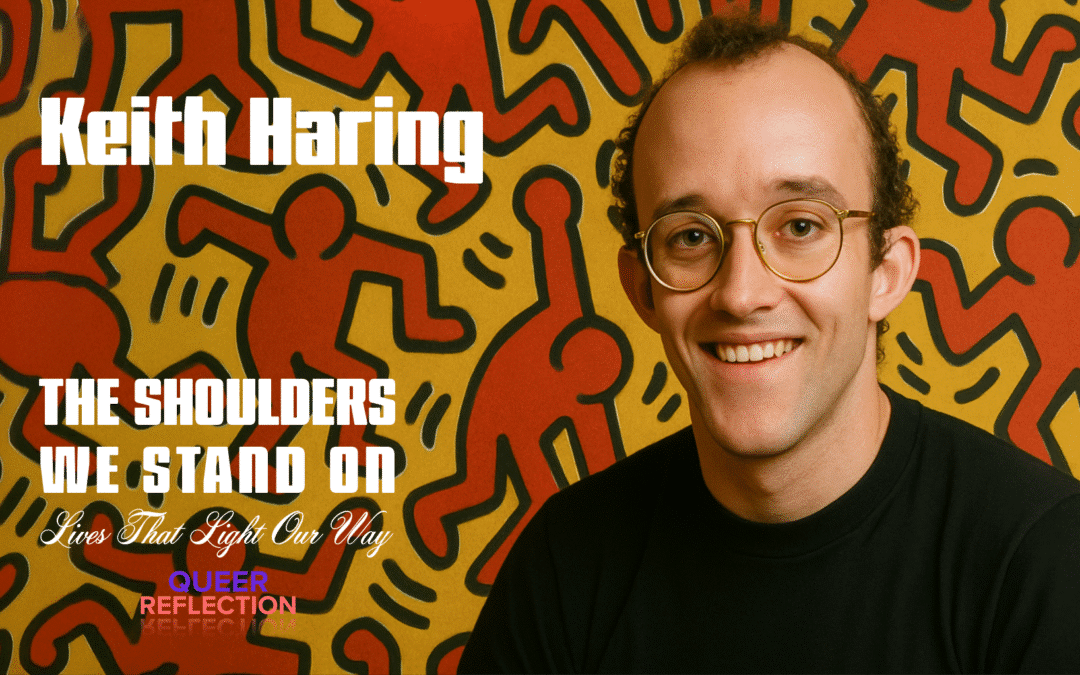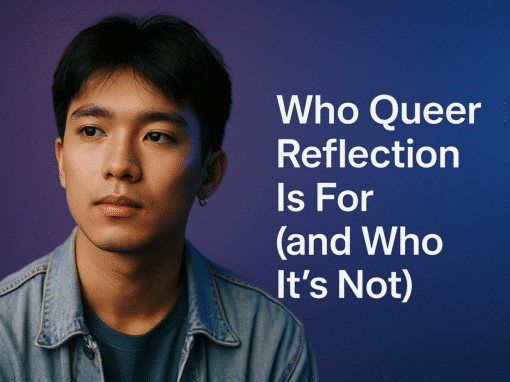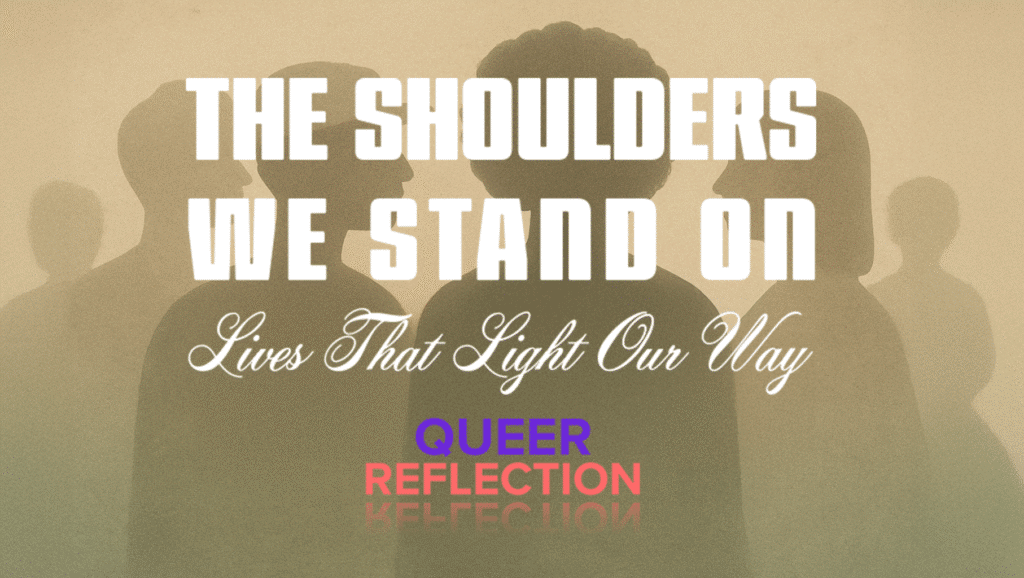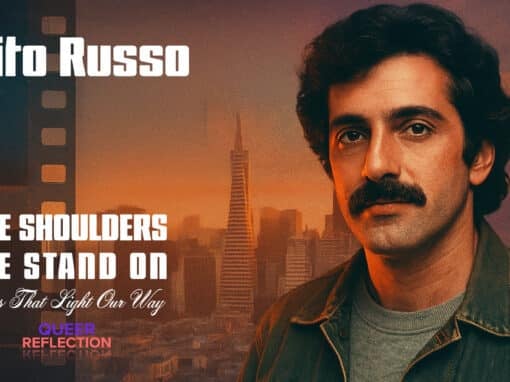Keith Haring (1958–1990) turned art into activism, making joy a political act and graffiti a form of public prayer. His bold lines and pulsing figures carried messages of unity, love, and defiance in a decade shadowed by fear. Haring didn’t just decorate walls—he woke them up.
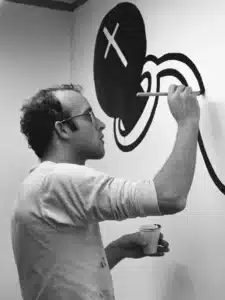
Keith Haring in his studio.
Drawing Life Into the Lines

Keith Haring in his studio.
Born in Pennsylvania and raised on cartoons and counterculture, Keith Haring arrived in New York in the late 1970s just as the city’s underground scene was exploding. With chalk in hand, he began drawing his now-iconic radiant babies and barking dogs on empty subway panels, transforming blank spaces into living canvases of connection.
His art was never meant for galleries—it was for everyone. He believed that creativity belonged in the streets, the clubs, the schools, and the bodies of the people who needed it most. His murals brightened hospitals, orphanages, and playgrounds, spreading messages of hope through color and motion.
Art as Resistance
In the 1980s, while political leaders ignored the AIDS crisis, Haring used his fame to confront silence with brilliance. His Silence = Death imagery, drawn from the ACT UP movement, became one of the most recognizable visual protests of the era. He turned his studio into a space of urgency—painting faster, bigger, and louder as the epidemic closed in.
“Art is for everybody.”
— Keith Haring
When he was diagnosed with HIV in 1988, he refused retreat. Instead, he founded the Keith Haring Foundation to support AIDS organizations and children’s charities, ensuring his message—and his mission—would outlive him.
The Language of Lines
Haring’s style was deceptively simple: thick black outlines, explosive colors, and a rhythm that felt alive. But within that simplicity lived revolution. His art spoke of queer love, social justice, birth, death, and rebirth. Each line carried pulse and protest. Each figure danced against extinction.
Legacy That Still Radiates
Keith Haring’s world was kinetic, compassionate, and unapologetically queer. He bridged high art and street culture, activism and accessibility. He taught us that art isn’t decoration—it’s declaration. His murals continue to speak to new generations about visibility, equality, and the power of showing up boldly in color.
He once said he wanted to “make people feel that art belongs to them.” He did. And in doing so, he gave queer culture one of its most radiant voices.

